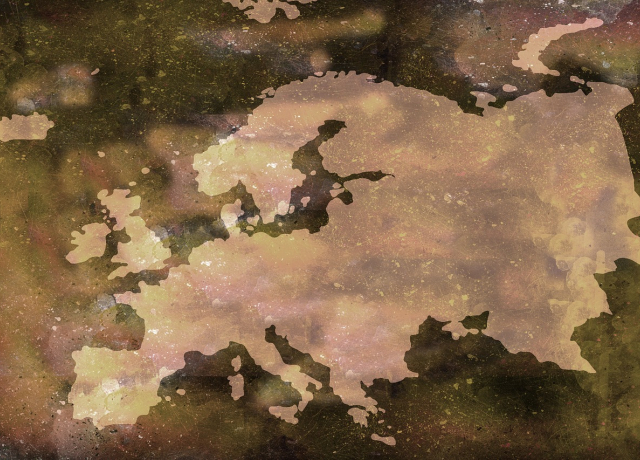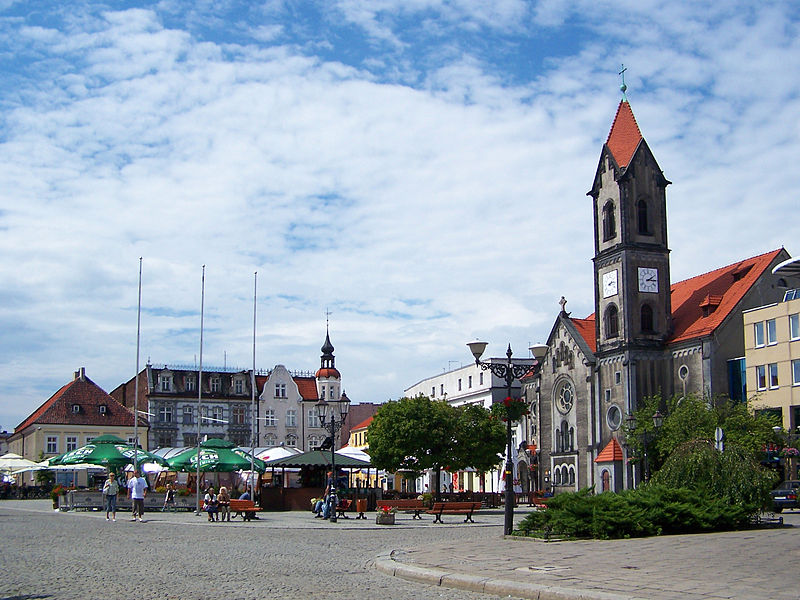8 New European Locations Inscribed to UNESCO World Heritage List
8 New European Locations Inscribed to UNESCO World Heritage List
For ten days in July, Krakow was a home to one of the most prestigious global heritage events. Celebrating cultural diversity and historical richness of our civilization, the 41st session of the World Heritage Committee gathered over 900 participants who actively work on identifying, preserving and enhancing the world’s cultural and historic treasures.
This was an occasion to address some of the key challenges and issues in the field of heritage, but also an opportunity to celebrate our past by inscribing new sites to UNESCO World Heritage List. Announced on the last day of the conference, 21 historical places were added to the list that now counts 1,073 sites. Eight of these newly added sites are located in Europe and they represent some of the most valuable monuments to our shared past.
Each of the locations honoured at the event reflects the uniqueness of European culture, lifestyle or landscape, enriching the magnificent landscape of European heritage.
1. The archaeological site of Aphrodisias (Turkey)
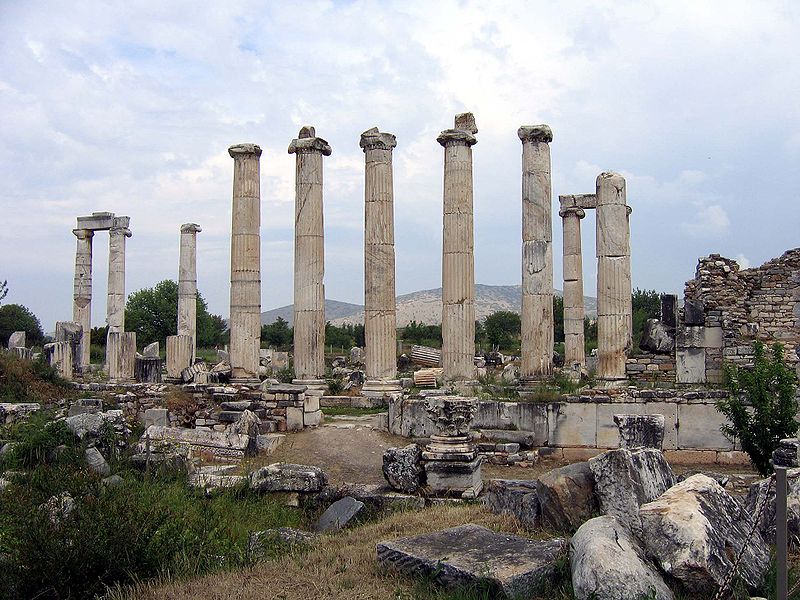
Located in the Caria region of Western Anatolia, Turkey, the remnants of an ancient city named after the Greek goddess of love still stand as a testimony to the past. Today an important archaeological and research site, Aphrodisias has helped historians decipher the mysteries of the past and explore the roots of our civilization.
2. The English Lake District (United Kingdom)
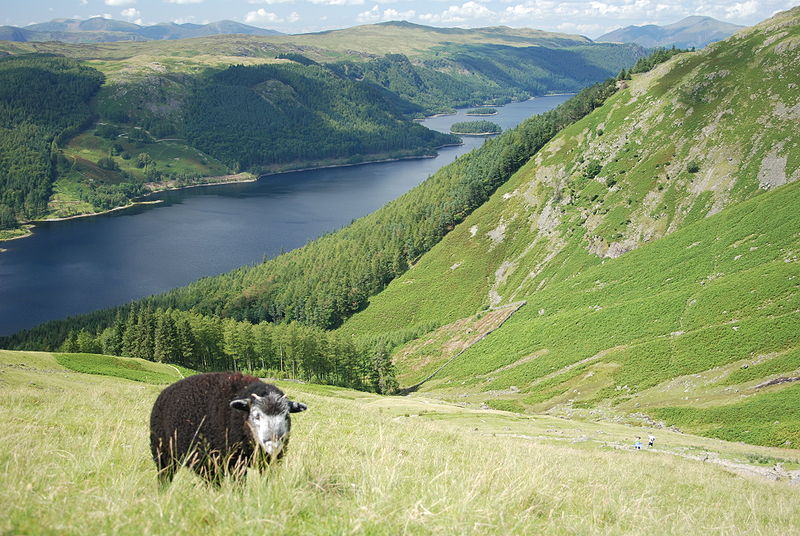
Once a home to the distinguished English poets Wordsworth, Coleridge and Southey, the picturesque Lake District still carries a unique poetic spirit. Its outstanding mountain tops, deep lakes, dense woodlands and beautiful valleys have been an inspiration to many and they continue to enable both locals and visitors to reconnect with nature. The largest portion of the area was proclaimed a national park in 1951 and today it represents one of the most recognisable landscapes in England, UK.
3. Caves and ice age art in the Swabian Jura (Germany)
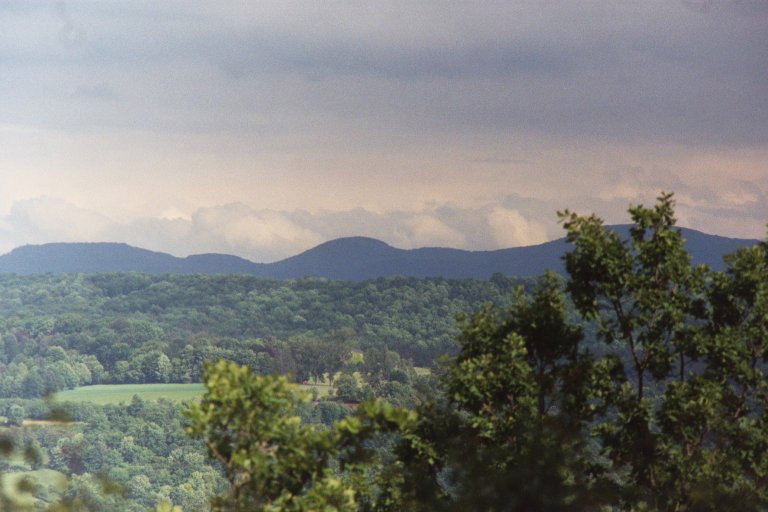
The 220 kilometres long mountain range in Baden-Württemberg is justifiably one of Germany’s most treasured natural areas. With its inscription to the World Heritage list, Swabian Jura was officially recognised for its historic and cultural values. The prehistoric carvings preserved in the region are a unique resource that unveils the secrets of the past and witnesses the millennia long history of European communities.
4. Kujataa Greenland, a sub-arctic farming landscape (Denmark)
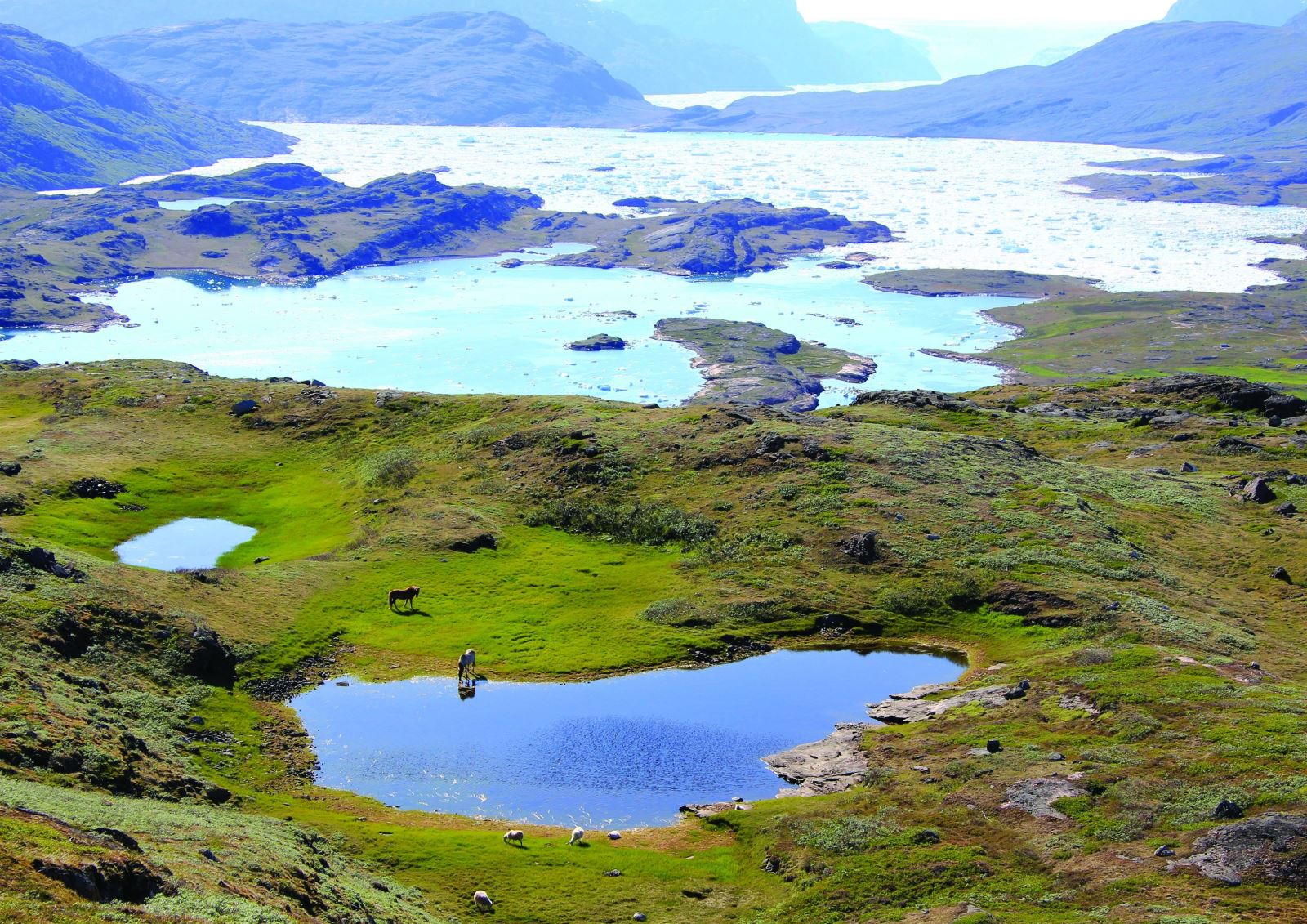
The cold, yet extremely beautiful subarctic farming landscape in Greenland has earned a recognition of a World Heritage Site thanks to its cultural, historic and natural beauty. Kujataa Greenland is certainly one of Europe’s most distinguished iced jewels that needs attention and protection in order to be preserved.
5. Taputapuatea, the centre of the "Polynesian Triangle" (France)
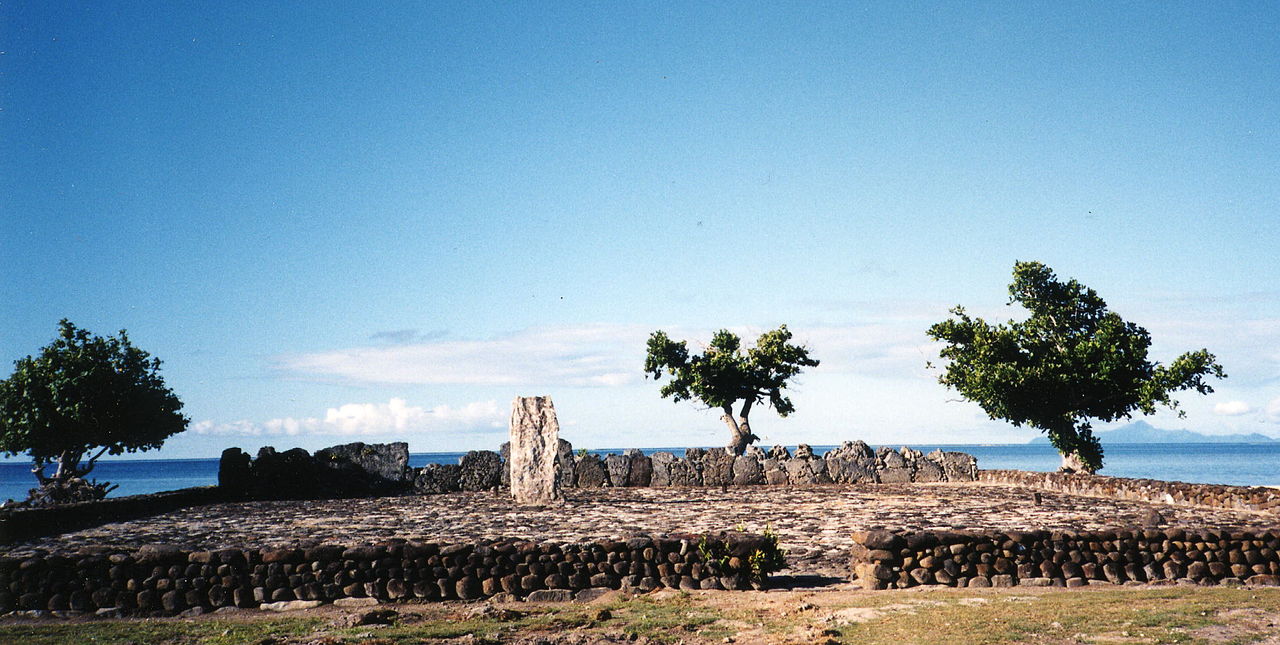
Behind the vivid name of Taputapuatea there is a sea of stories about the cultural diversity cherished in the region of south eastern coast of Raiatea, the second largest island in French Polynesia. Featuring a number of statues associated with pre-historic religious practices, Taputapuatea is an important cultural crossroads that speaks about cultural journeys and discoveries.
6. Tarnowskie Góry, led-silver-zinc mine and its Underground Water Management System (Poland)
The architectural uniqueness of Silesian towns, their vibrant culture and rich history are all blended in Tarnowskie Góry, a small city near the Silesian metropolis Katowice. The industrial heritage of Tarnowskie Góry is embodied in its led-silver-zinc mine and its underground water management system, which reflect traditional lifestyles of local communities.
7. Venetian Works of Defense (Croatia, Italy, Montenegro)
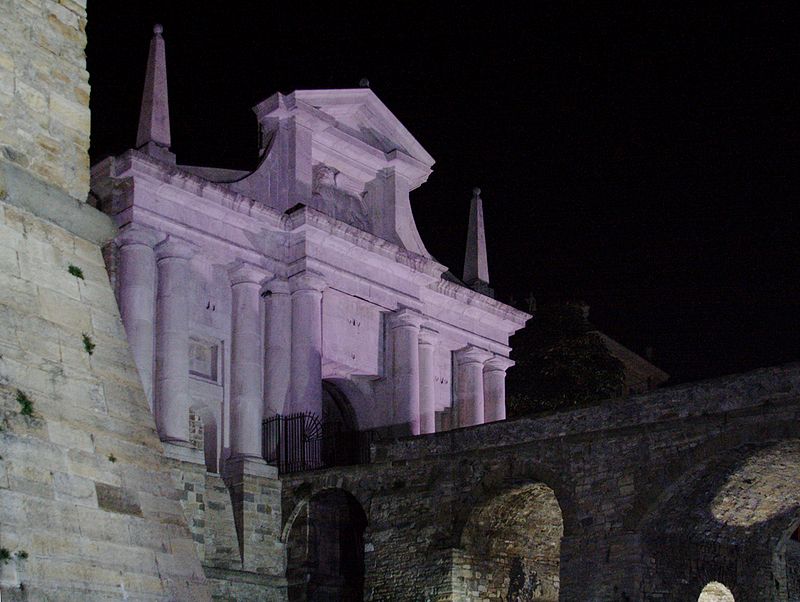
The complex of Venetian Works of Defense built between 15th and 17th centuries is a another important monument to cultural journeys that have been taking place in the South East Europe for centuries. Witnessing the glorious ages of Venetian royalty, the complex extends from the city of Bergamo in Italy to Montenegrin bays, thus symbolically representing the historic connection between today’s modern European countries.
8. Assumption Cathedral and Monastery of the town-island of Sviyazhsk (Russia).
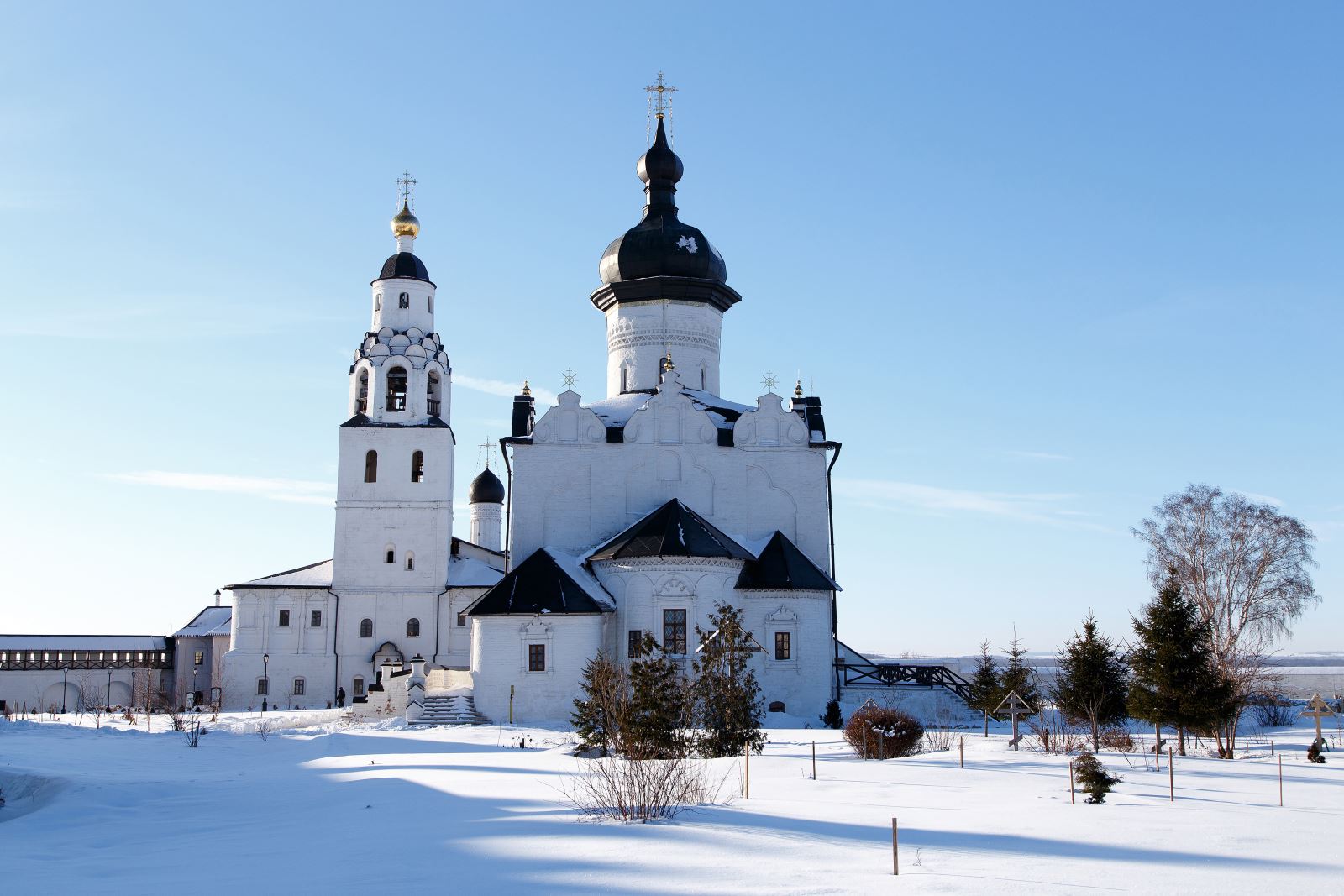
Founded by the infamous Russian Tsar Ivan the Terrible in 1551 as the first Orthodox city in the region, the city of Sviyazhsk is a unique bridge to the past. Now added to the World Heritage List, the city’s Assumption Cathedral and Monastery is one of Europe’s most fascinating locations to explore the long history of European religious, political and economic connections.
Photo credits:
Wikipedia
Horses and sheep grazing in a highland meadow near Tasiusaq. In the background the ice-filled Tasiusaq Fjord. Copyright: © Niels Christian Clemmensen / Christian K. Madsen. Author: Christian K. Madsen
Assumption Cathedral. Eastern elevation
Copyright: © Regional Foundation of Revival of Historical and Cultural Monuments of Republic of Tatarstan. Author: Dmitrii Karpov
